Hi All -
I''m having some issues trying to pick out a nice stone. Been looking at Princess exclusively in the .7-.9 range. Seen some AGS 0, 1, and 3, cuts at a local jeweler.
I''ve also looked online at Whiteflash, JA, etc. and checked out what they have. My problem is I see many GIA stones that look promising and can''t make apples to apples comparisons between them and the AGS stones as far as cut. I understand that GIA is reputable, but I don''t want to drop the ball on cut.
Visually, the AGS 0 is nice and the 1 is quite as nice as well and I have a hard time telling the difference in my untrained eye. I can see a slight difference in the AGS 3 cuts. I know the lucky lady won''t be complaining one bit, but personally, I''d like to stick with a AGS 0 or 1 cut.
I know Whiteflash has their ACA and GoG has their nice stones, but how do I determine/rate the GIA stones from places like JA, etc.?
I''m having some issues trying to pick out a nice stone. Been looking at Princess exclusively in the .7-.9 range. Seen some AGS 0, 1, and 3, cuts at a local jeweler.
I''ve also looked online at Whiteflash, JA, etc. and checked out what they have. My problem is I see many GIA stones that look promising and can''t make apples to apples comparisons between them and the AGS stones as far as cut. I understand that GIA is reputable, but I don''t want to drop the ball on cut.
Visually, the AGS 0 is nice and the 1 is quite as nice as well and I have a hard time telling the difference in my untrained eye. I can see a slight difference in the AGS 3 cuts. I know the lucky lady won''t be complaining one bit, but personally, I''d like to stick with a AGS 0 or 1 cut.
I know Whiteflash has their ACA and GoG has their nice stones, but how do I determine/rate the GIA stones from places like JA, etc.?







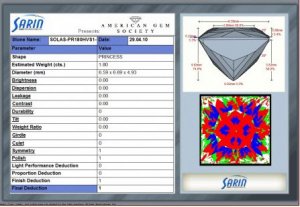
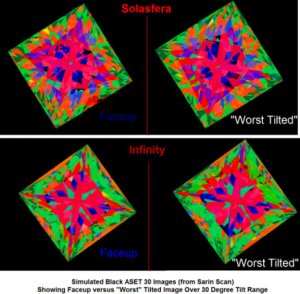

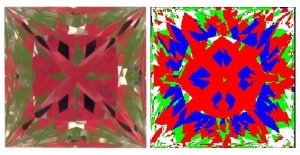
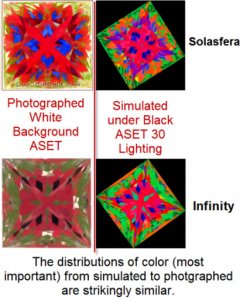
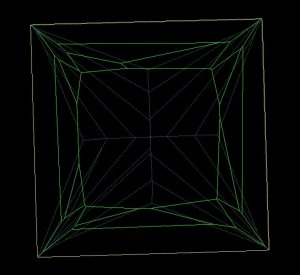
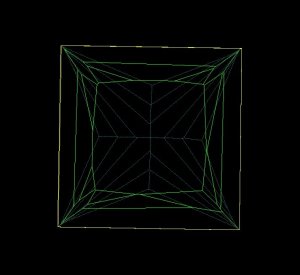
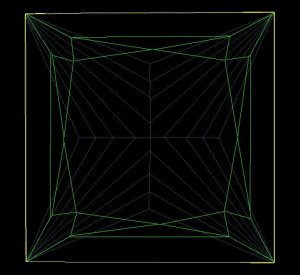


300x240.png)